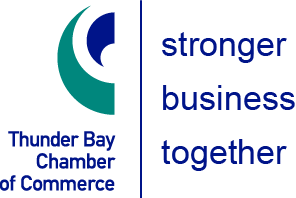The largest concern expressed to us about the proposed new route by both businesses and citizens has been road safety. The feeling is that the effect of all the traffic from three routes being streamed into one will not be cumulative; it will be exponential. Our experience riding along with heavy truck drivers this past week showed us that there’s very good reason for that.
Trucks, with their heavy loads, take much longer to speed up or slow down than smaller passenger vehicles, and require a shockingly long distance to come to a stop from 90km/hr. As we rode along, we got to see the ripple effects a couple of extra trucks have on rush hour traffic up close and personal:
- when we slowed to politely let someone merge from the right, the traffic behind us slowed as well. Then they had to wait as we sped up.
- each time we stopped at a light, it took a long time to come to a stop. Then it took a long time to gear up again. So long, in fact, that sometimes only two or three vehicles in our lane could get through a green.
- we learned that drivers have to calculate their stopping distance as soon as a light ahead turns yellow. Sometimes the truck can’t physically be stopped before the intersection.
- every time a vehicle sneaks into the lane ahead of a slowing truck, it increases the risk of a collision. At every red light we watched passenger vehicles dart into the lane in front of our drivers to grab “pole position,” shortening our drivers’ available stopping distance. They then have to brake extra hard to compensate, increasing the possibility of loads shifting dangerously.
Thanks to Stephen Laskowski of the Ontario Trucking Association for supplying us with a copy of the deputation he presented to Council on Monday January 21. This document contains the graphics below which illustrate one of the concerns about an increased number of trucks stopping at and starting from the lights along Highway 11/17 from the Harbour Expressway through Red River Road.






